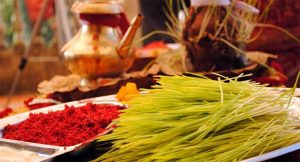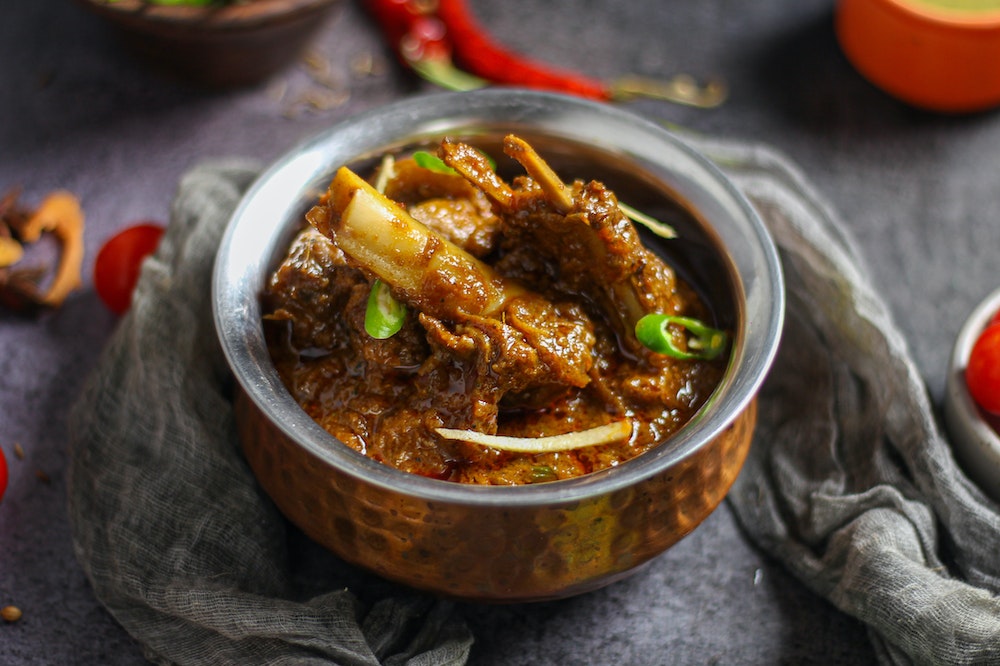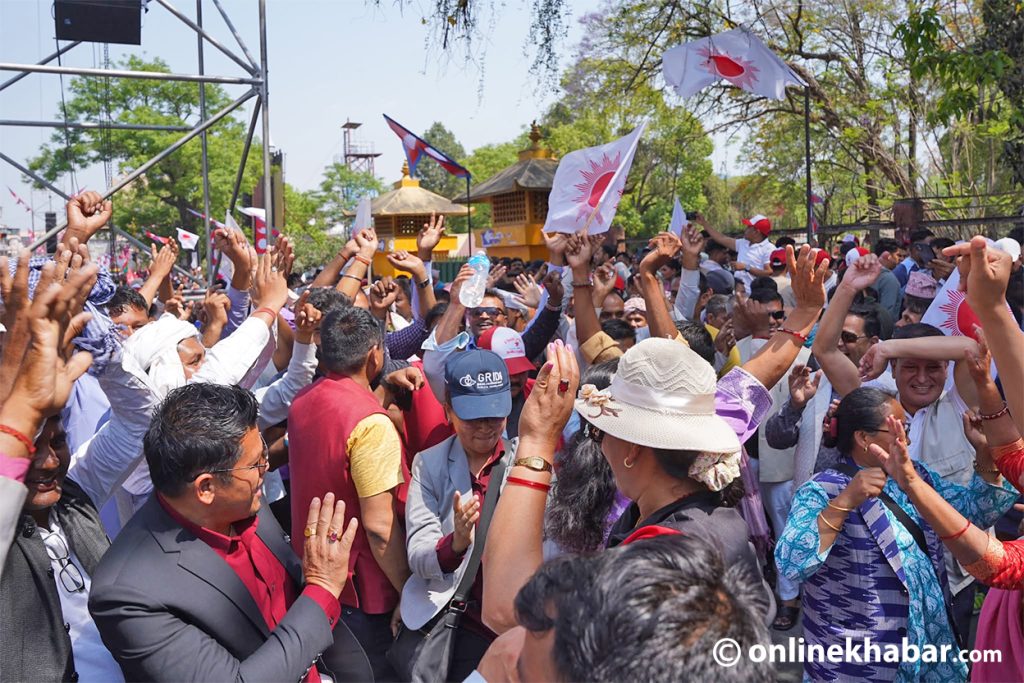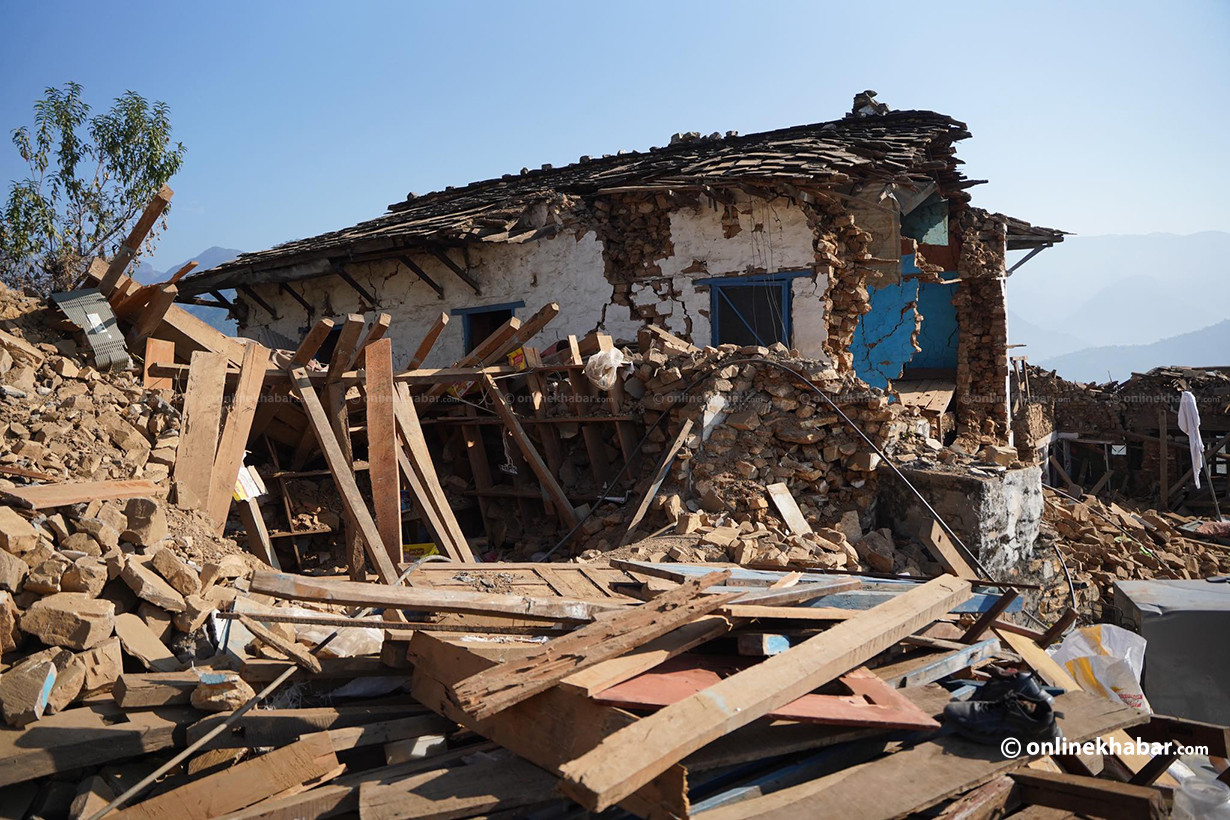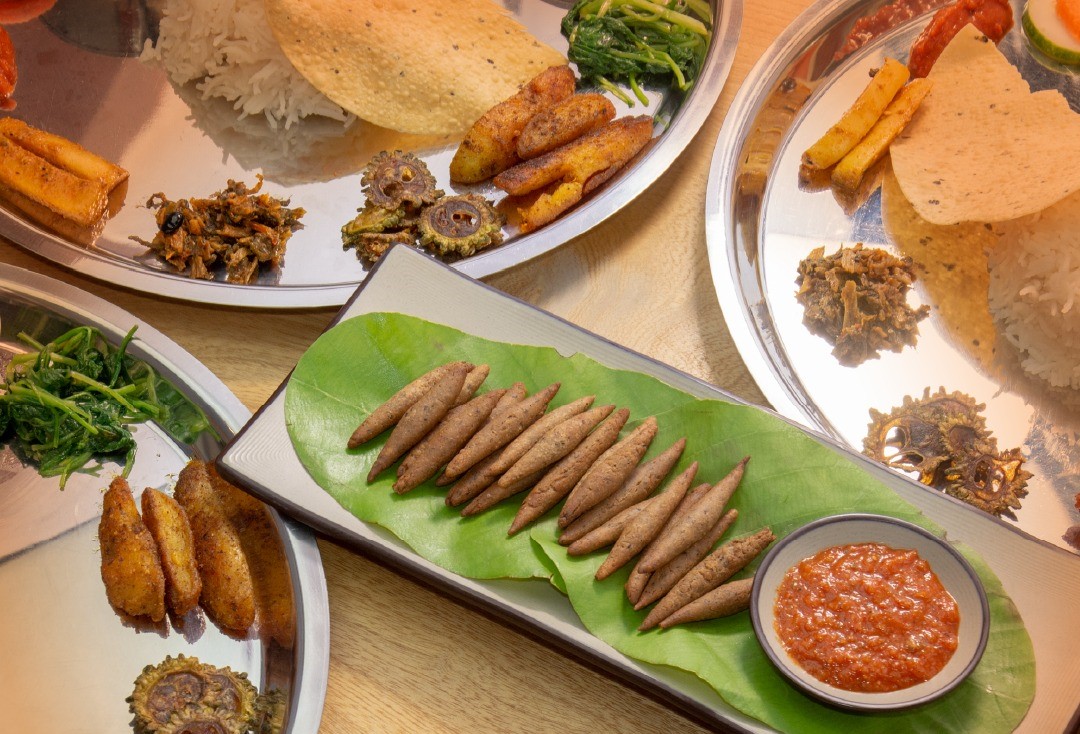
Dashain, the biggest festival of Hindus, has begun. As Dashain approaches, people have started organising various rituals and activities to commemorate the festival. Some have already left for their home and rejoined their families, while others have arranged for trips and outings. The level of excitement among those celebrating Dashain is palpable and truly exceptional at this moment.
Among the myriad activities observed during Dashain, kite-flying stands out as one of the most beloved traditions. While its popularity has seen a recent decline, there are still numerous enthusiasts eager to partake in this age-old pastime. Flying kites not only offer amusement but also hold significant cultural value.
If you are someone who has never flown kites and is planning to fly for the first time on this Dashain, you must know a few basics before flying them. Here are some of them:
Different kites
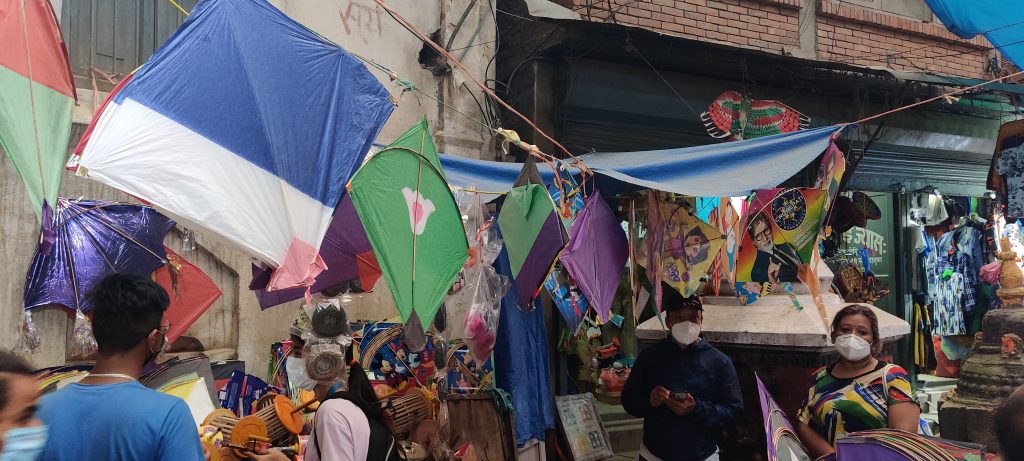
Firstly, you must understand kites. There are different types of kites available in the market with the most popular ones being made up of paper or plastic. Between the two, paper kites tend to dominate the skies. Their ease of manoeuvrability makes them a top choice for many. As for the cost, kites are typically priced between Rs 10 and 50.
Lattai (Kite spool)
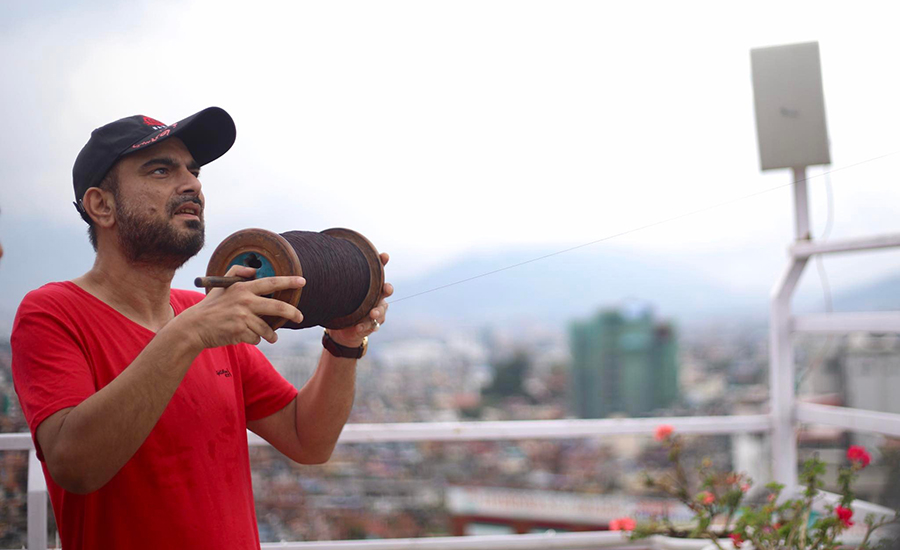
The second thing you need is a lattai. Lattais are available in a variety of shapes and price ranges, starting from Rs 250 and reaching up to Rs 3,500. If you are looking to buy one for the long run, it is best you choose a mid-range one as it will last you a lifetime if you keep it safe. A lattai will help you fly kites in an easier way. All you need is to give your kite flight and control it using the lattai by releasing the string and roiling it back.
String
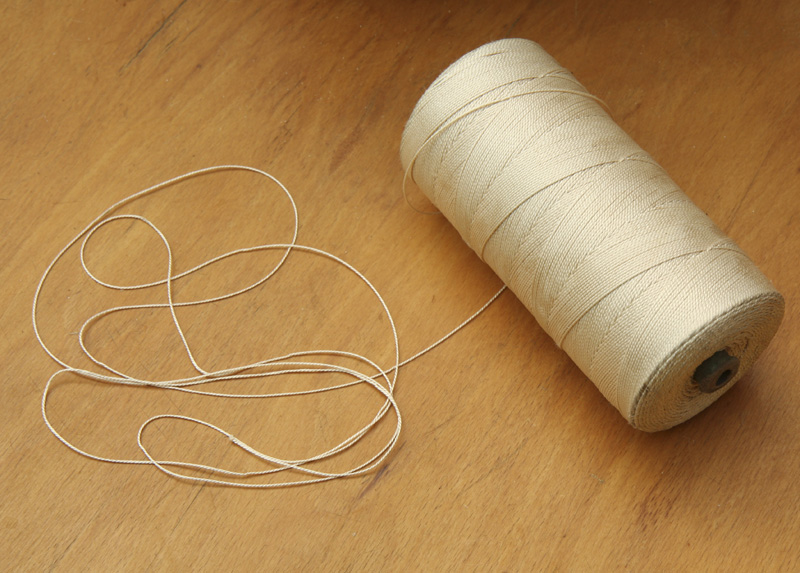
String is a crucial element when flying a kite. A robust string in your kite’s Lattai reduces the risk of your kite being cut by others. Thus, selecting the right string is essential. Various string options are available, but one of the most reliable choices is the 12 Cord Manja, crafted by intertwining 12 smaller strings into a single, sturdy strand. This option is renowned for its strength and durability, making it ideal for a successful kite-flying experience.
When you invest in a quality string like the 12 Cord Manja, you ensure your kite’s resilience in the competitive skies, increasing your chances of enjoying a seamless and joyful kite-flying adventure. Careful consideration of the string you choose will lead to less frustration and more time spent soaring in the wind.
Knot (ka.kaa)

Putting a knot also known as Ka.Kaa determines your kite flying experience. To fly kites smoothly, you must tie the knots well. Tying knots is the trickiest thing. It should be done carefully and smartly with accurate measurements. The knot should be made on top and bottom of the kite.
Get set go
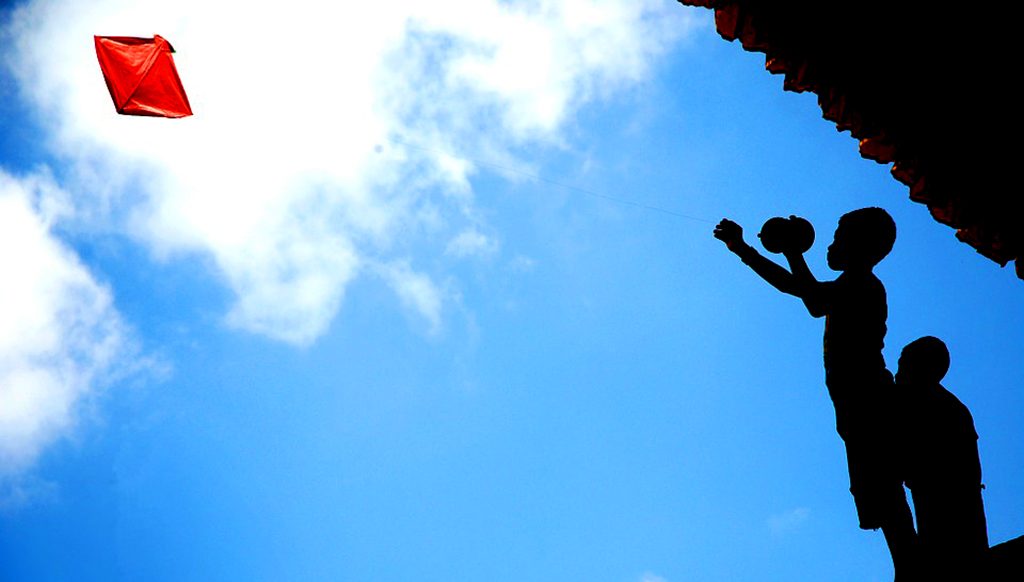
Now your kite is all set to dance in the sky. Just leave them in the sky and live in the moment. Trust us, the perfect combination of kites, lattai, string, and knot will make your kite flying experience more beautiful than you have expected.
Originally published on October 17, 2023.





